How technology companies can become sustainability-led

With e-waste and packaging waste still growing rapidly worldwide, embracing sustainability has become an urgent priority for every company in the technology space and beyond. Doing so requires a top-down view of how products are made, how they are used, how they are packaged, and how they are managed at their end of life. The technology industry has been engaged with these issues for many years, through circular economy approaches and careful thought around everything from packaging to shipping. Small steps, such as using materials like biobased packaging or closed-loop recycled content, can add up to make improvements in the environmental impact of the technology we use every day.
Business leaders must first understand their organisations and their impact, choose science-backed and standardised ways to measure impact and progress, take action, and be transparent about their results. Becoming sustainability-led will require a wide-ranging approach to every aspect of an organisation’s own operations and value chain, from the packaging products that are shipped, to how the organisation interacts with the wider world on sustainability issues.
Measuring success
One of the key steps is for technology companies to move beyond ‘marking their own homework’ when it comes to sustainability. Organisations should partner with globally recognised and scientifically backed organisations to achieve long-term sustainability goals. The Science Based Targets initiative and its Net-Zero Standard offers a way for organisations to validate their net-zero goals in a science-backed way. At Lenovo, we have set goals to reduce our ‘Scope 1 and 2 emissions’ by half by 2030, and also to reduce emissions in our value chain by 25%, as part of our drive to achieve net-zero by 2050. For every organisation, the time to act is now.
A circular approach
The circular economy and a ‘design, use, return’ approach to products can yield big returns in terms of sustainability. Today, most organisations (89%) recycle less than a tenth of IT hardware, recent research has shown. Moving beyond this linear ‘make, use, destroy’ cycle can support extending the lifespan of technology products, with take-back programs where products can be reused and recycled.
Business leaders also need to think big when it comes to what happens at the end of a product’s working life and engage with Asset Recovery Services (ARS). Today, there are many numbers of ways to extend the lifespan of technology products, such as including refurbishment and use, or recycling to recover value from parts and materials.
Even the small details matter
Likewise, details matter when it comes to shipping. Business leaders should consider the use of sustainable fuels or carbon optimised transportation options as well as reducing packaging. For instance, by shipping servers already in the rack, rather than packaging each server node and each rack separately. Organisations such as the Circular Economy Partnership access organisations’ circular economy opportunities and impacts, offering new ways to tackle plastic waste and the emissions from packaging.
Inspiring conversations
Being truly sustainability-led requires organisations to work with the society around them. Lenovo’s Waste2Wonder scheme is open to all schools in the EMEA region, turning used packaging into educational wonder. By using QR codes on device packaging, students are directed to cut along the lines on the internal packaging to create educational tools such as electric circuits and forces, which allows them to learn about how electronic devices are made and their journey from production to recycling.
The project, designed with advice from STEM educators, aims to inspire children to have an interest in such subjects, as well as a greater understanding of the environmental impact of electronics. This ensures that packaging doesn’t end up in landfill, but becomes a valuable resource for educational adventures, whilst introducing STEM concepts at a young age to encourage learning and curiosity of the industry.
Towards a sustainable future
Taking control of sustainability requires a holistic view of the whole organisation and its technology, from the product warehouse to the devices in people’s hands. Organisations cannot travel this road alone. An effective sustainability strategy requires working with outside organisations to monitor and validate goals such as net-zero strategies. Organisations should also engage with the communities around them through educational initiatives: only by working together, can consumers, governments and businesses create a more sustainable world of tomorrow.
Mary Jacques, Executive Director, Global ESG and Regulatory Compliance at Lenovo


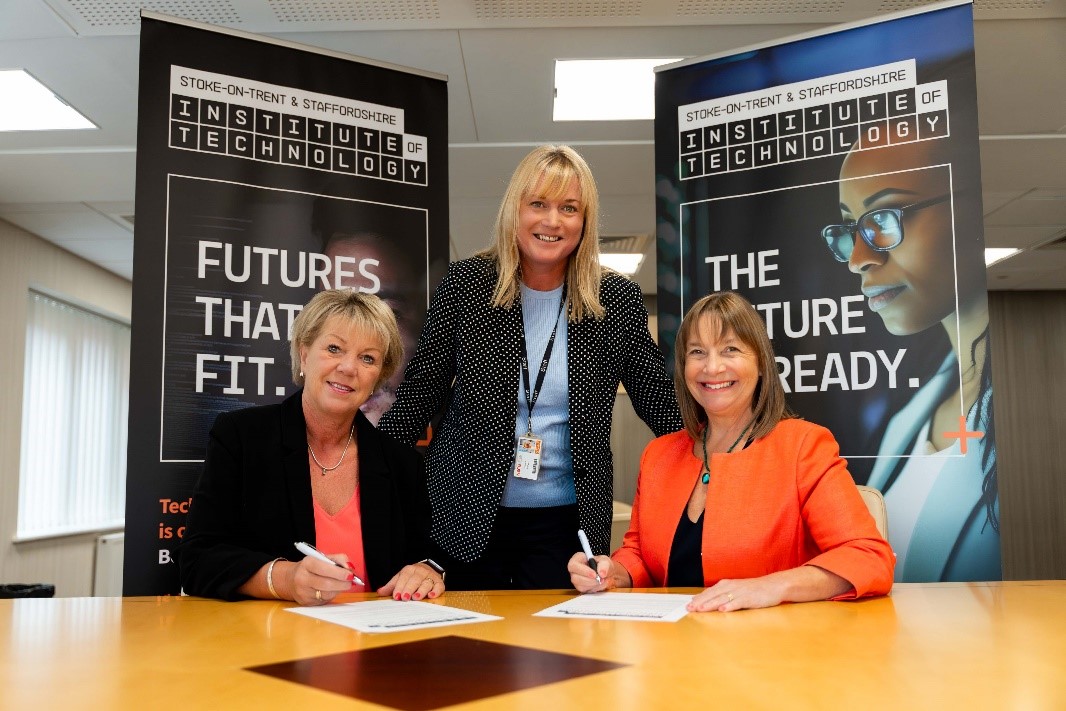
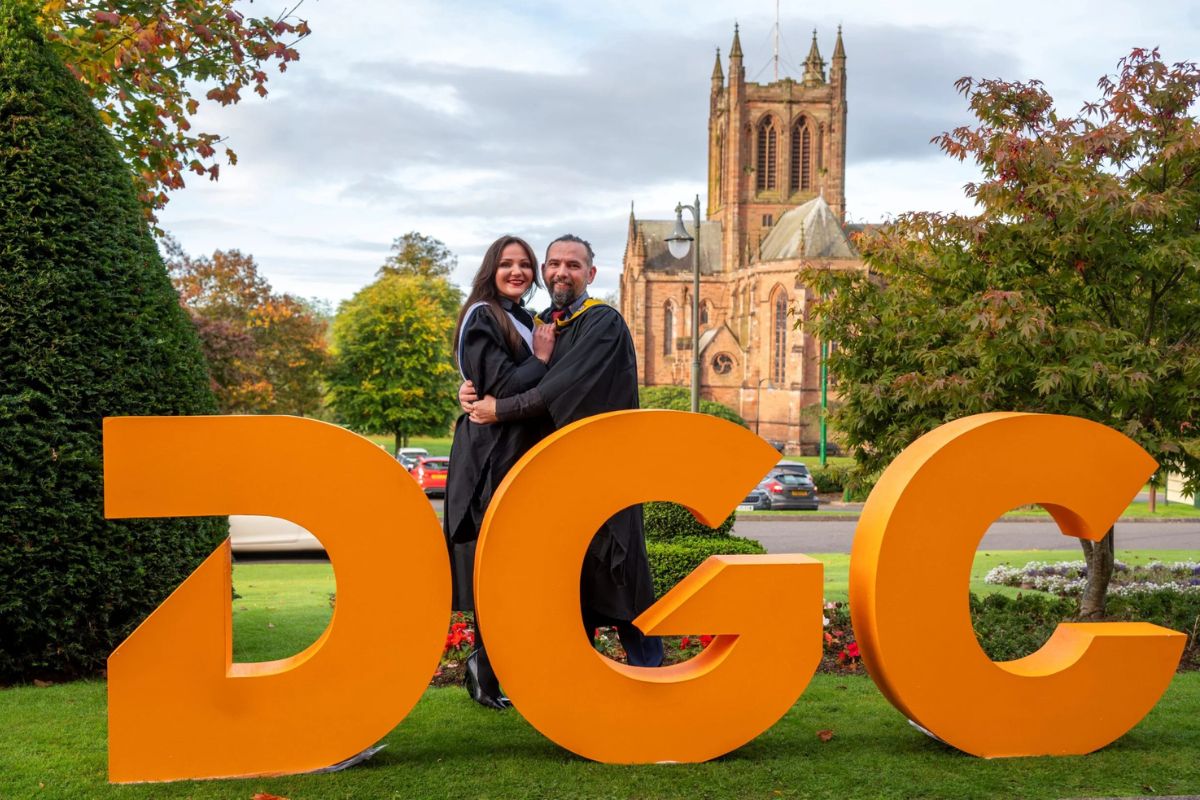
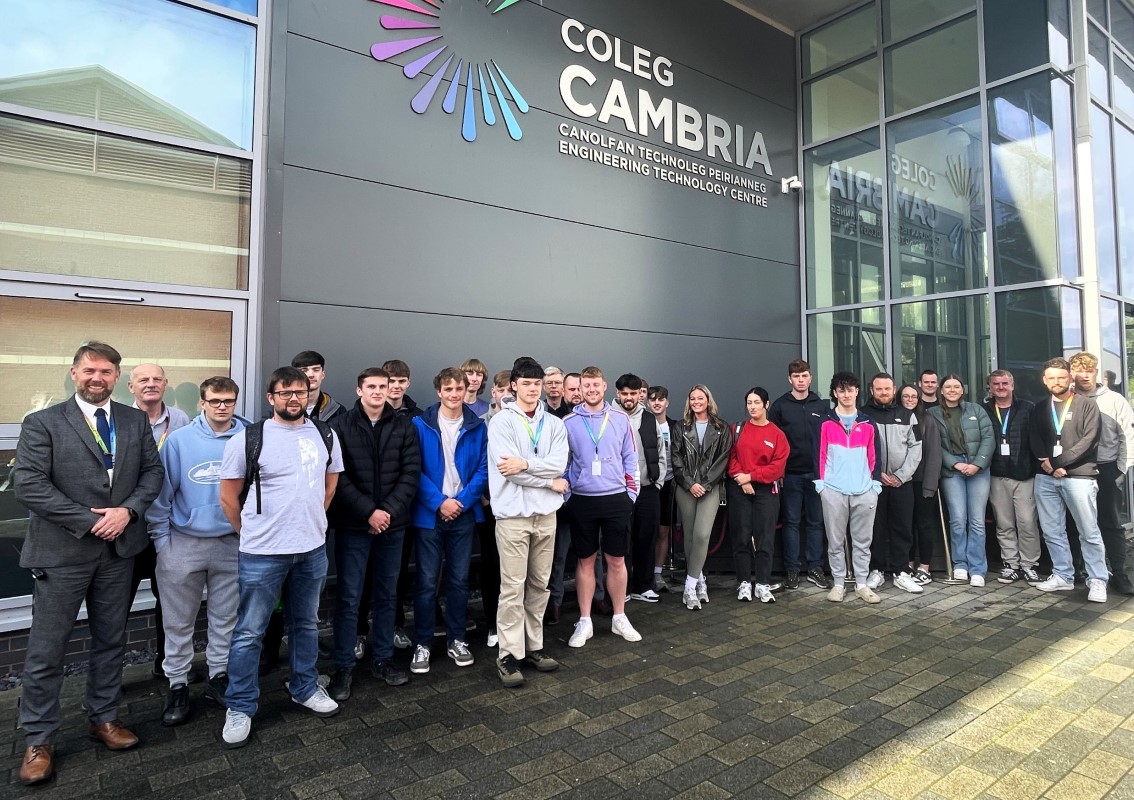
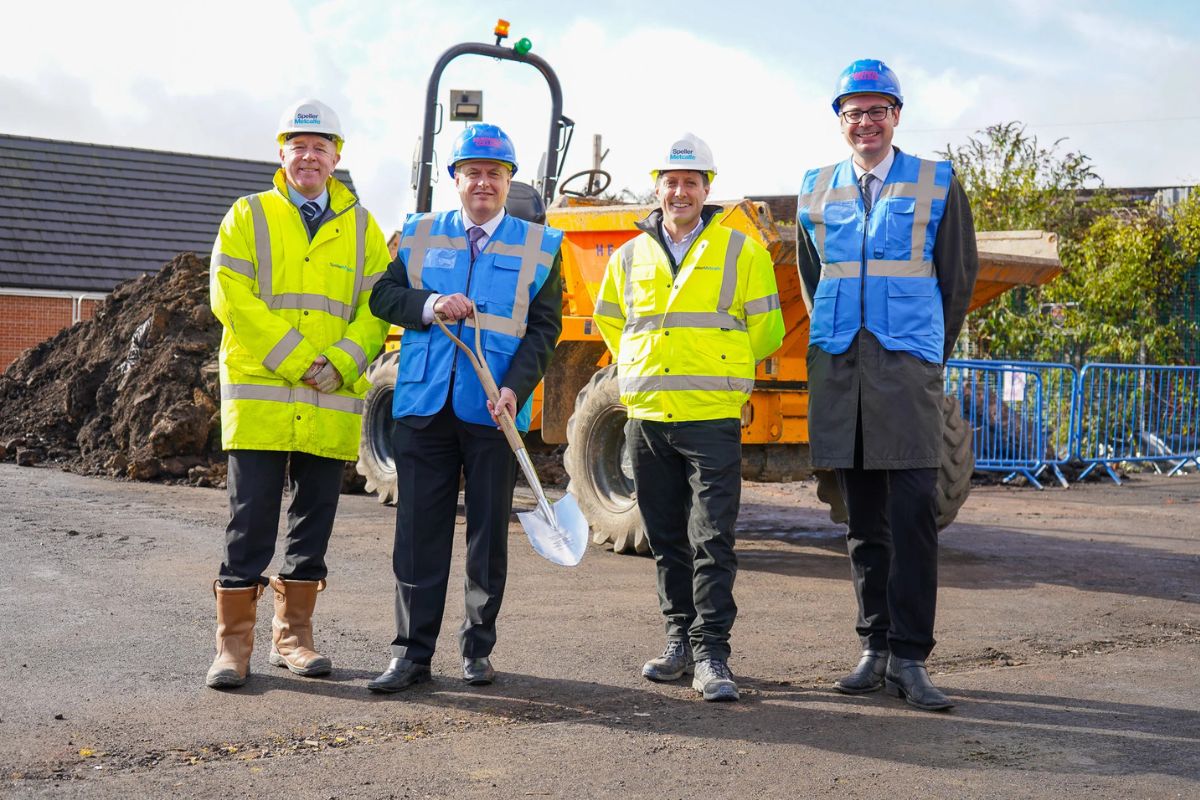
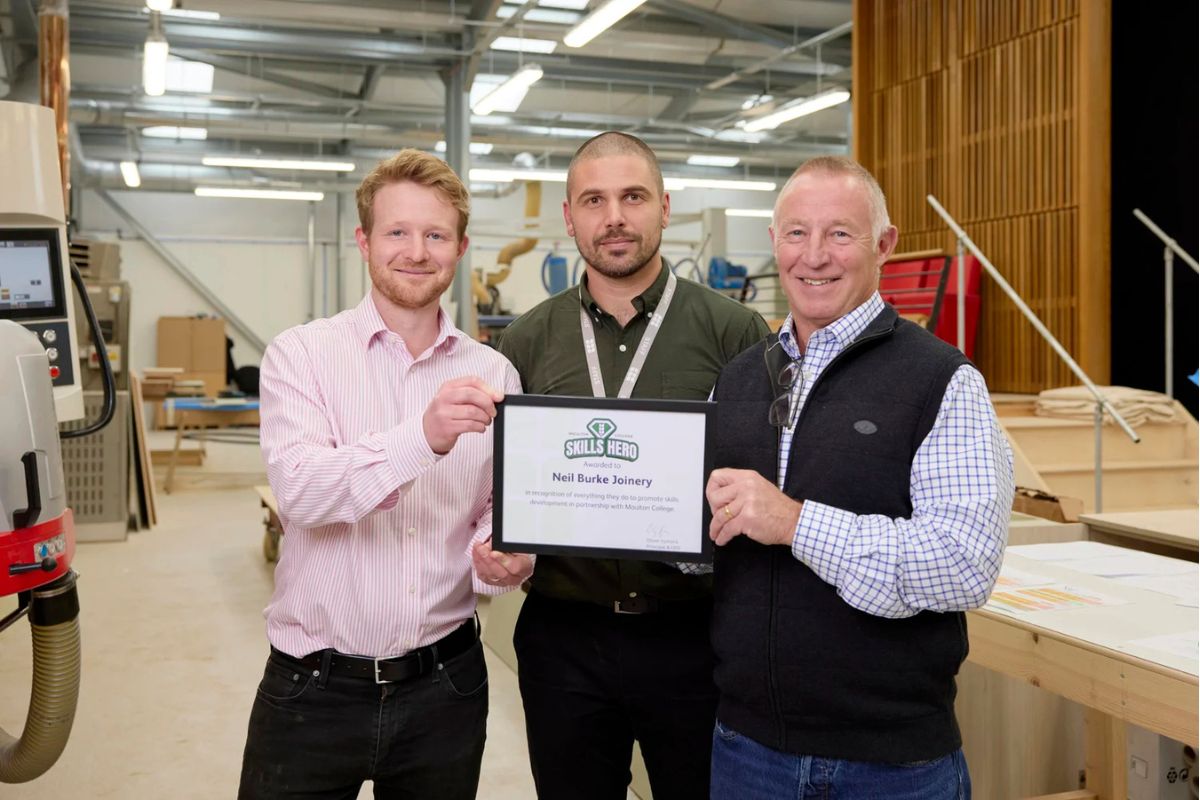


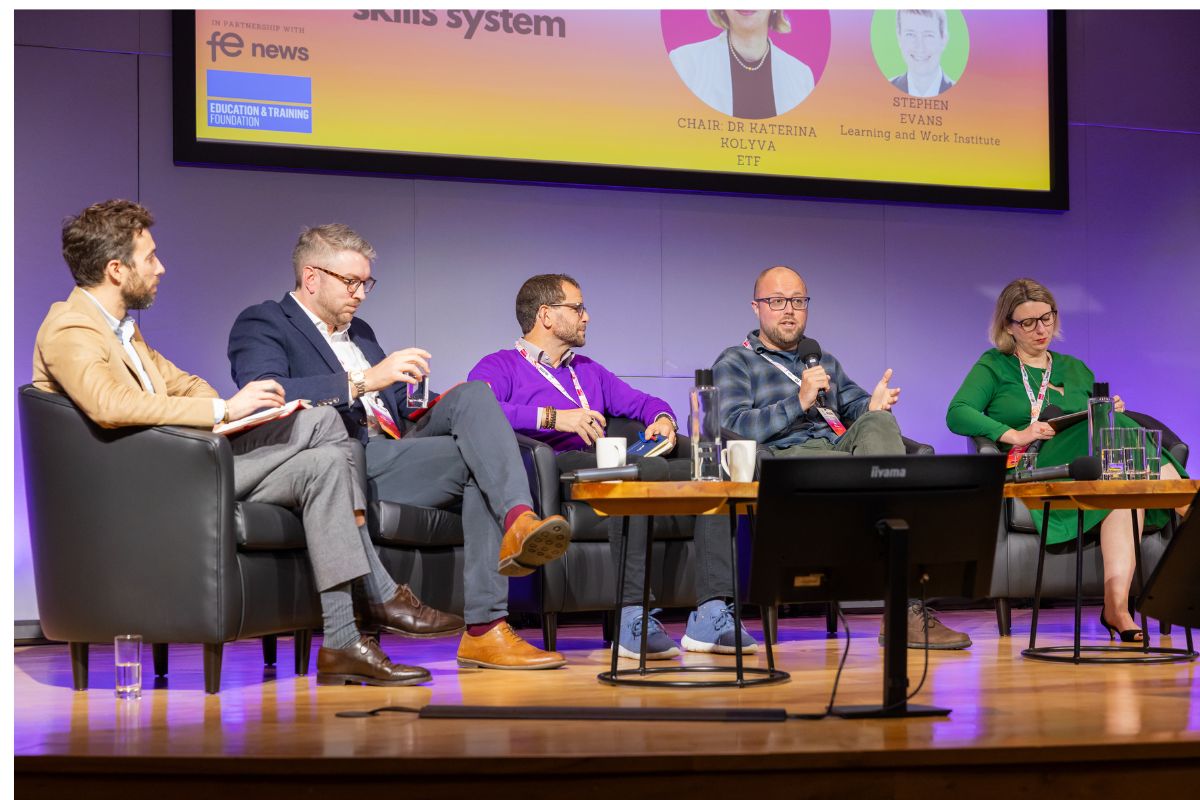

Responses